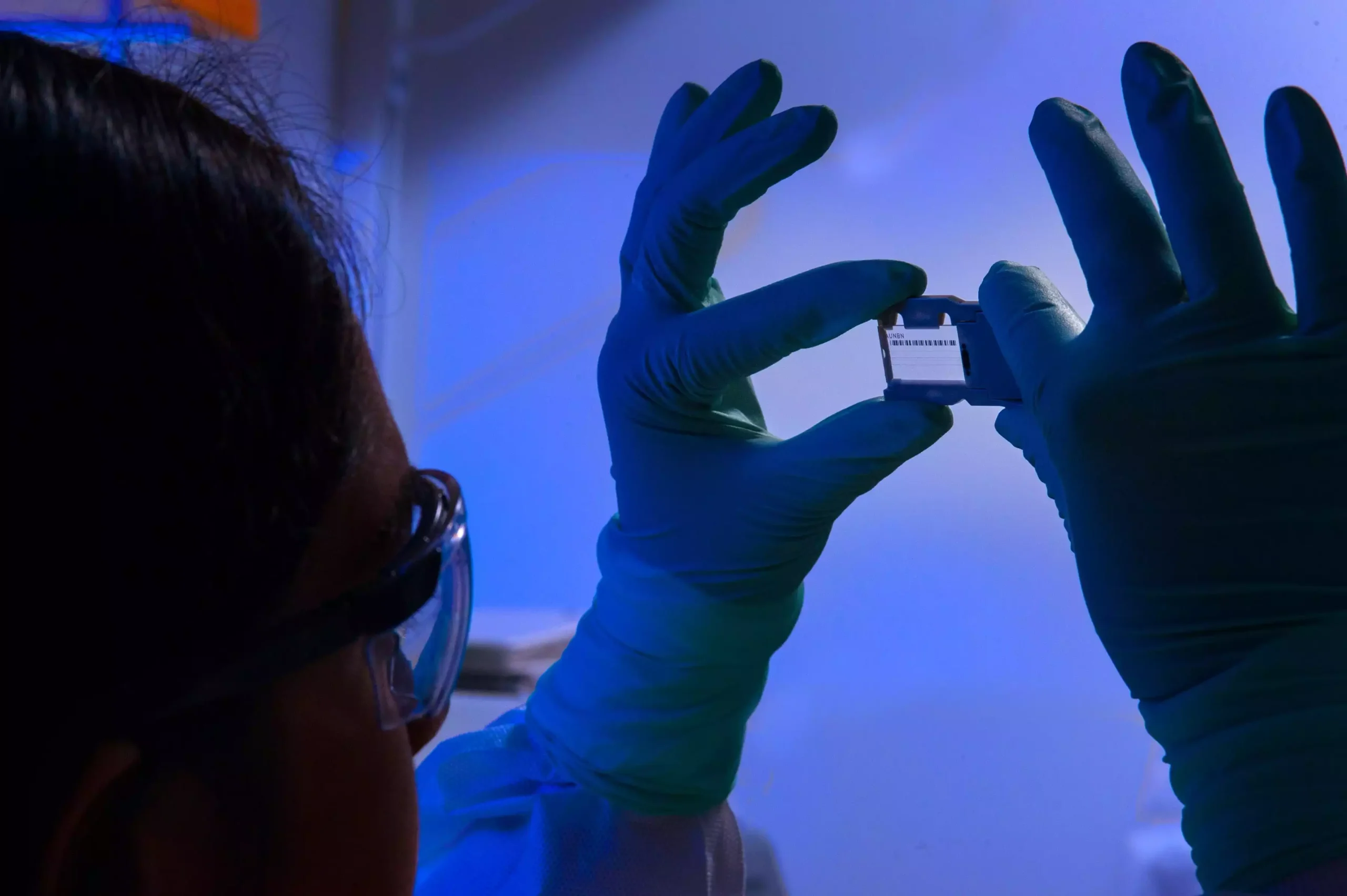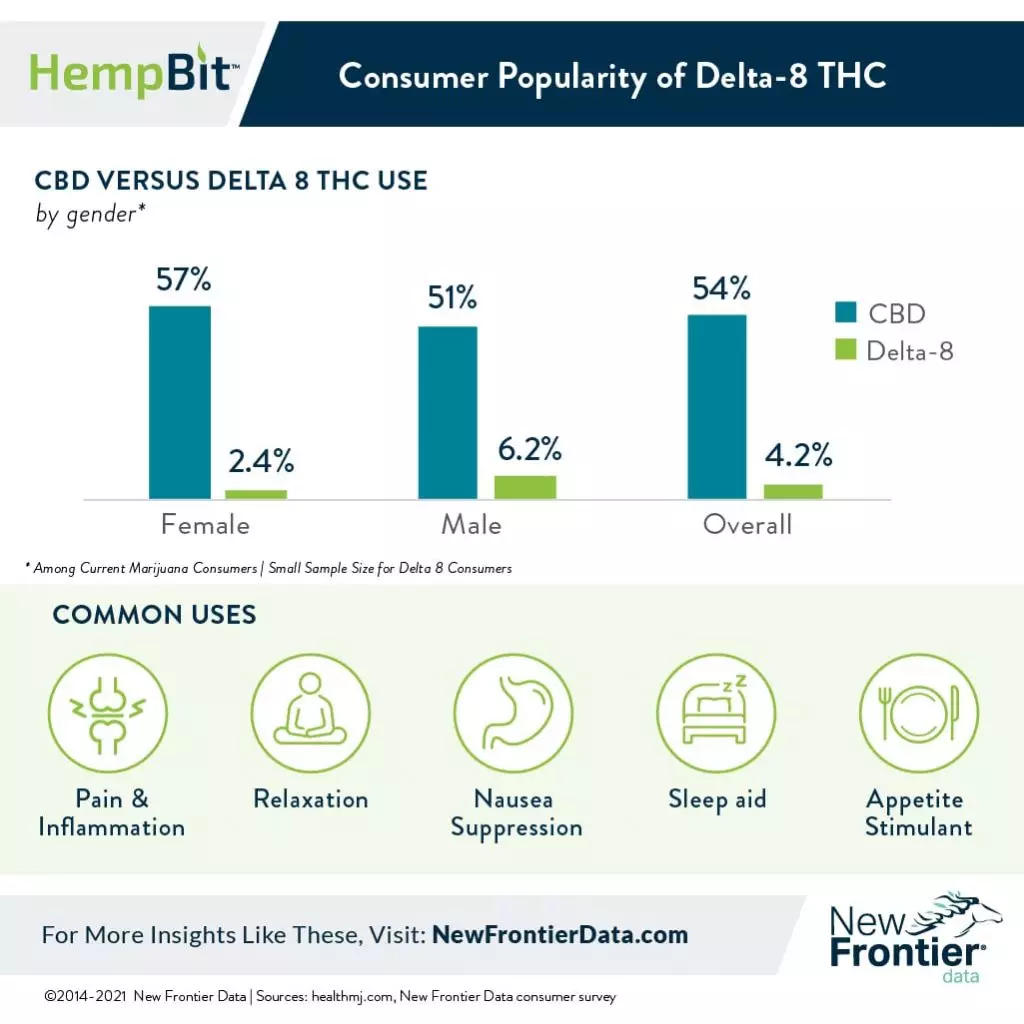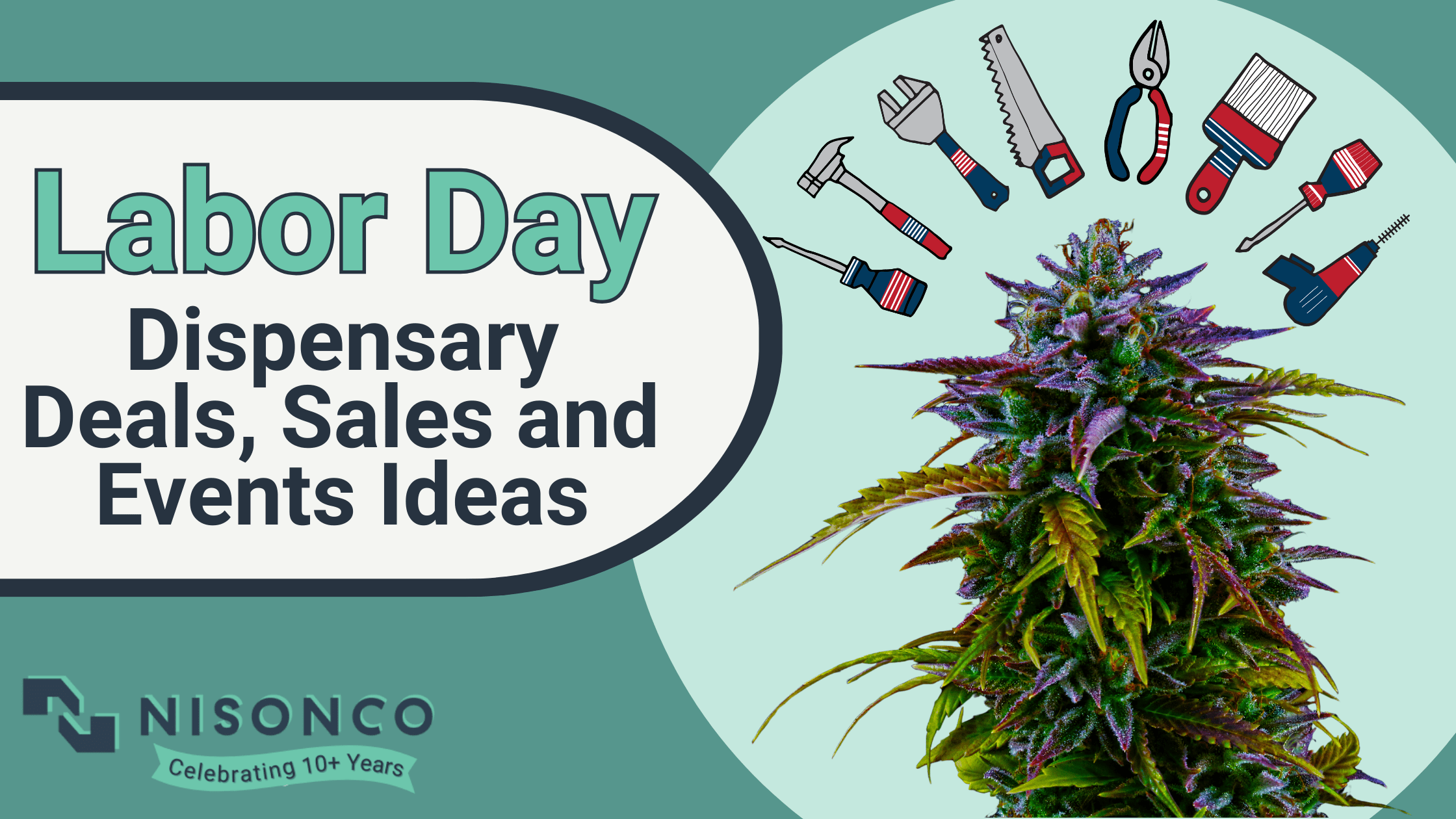Although we usually hear about tetrahydrocannabinol (THC) and cannabidiol (CBD) when it comes to cannabinoids, there are many more with promising therapeutic potential. Cannabinoids are compounds that are naturally occurring in the cannabis plant. Over 100 cannabinoids have been detected in the cannabis plant, although most have not yet been isolated or studied extensively. Here are seven emerging cannabinoids to watch in the market.
Cannabinol (CBN)
Cannabinol (CBN) is the most prominent cannabinoid in cannabis plants after THC and CBD, although CBN is less studied. As THC degrades over time, it oxidizes to form CBN as a byproduct. CBN is mildly psychoactive, and it is possible that increased CBN concentrations in cannabis flower that have been sitting around for too long could be the cause of sleepiness reported by many cannabis consumers. Although CBN is widely marketed as a sleep aid, there are not enough studies yet to scientifically establish a sedative effect.
Strains of cannabis higher in CBN have been associated with better symptom control in ADHD. Promising new studies show potential for CBN as a treatment for glaucoma. CBN products are likely to increase along with scientific data about the potential uses for this cannabinoid.
Cannabigerol (CBG)
Cannabigerol (CBG) is a non-intoxicating cannabinoid widely marketed for alleviation of a variety of conditions, including anxiety, pain, infection, inflammation, nausea, and the treatment of cancer.
There are many promising ongoing areas of study for the potential uses of this cannabinoid. CBG studies in mice have shown that it can decrease inflammation associated with inflammatory bowel disease and slow the growth of colorectal cancer. In cells, CBG inhibits glioblastoma multiforme cells, which gives this cannabinoid potential for brain cancer therapy. CBG shows potential antimicrobial activity against many organisms, including the notoriously drug-resistant MRSA bacteria. Other research areas have shown promise for the use of CBG as a potential appetite stimulant and therapeutic agent for bladder dysfunction.
CBG is already of great interest and featured in many products on the market. More interest in this cannabinoid will increase along with the scientific understanding of CBG and its potential therapeutic uses.
Tetrahydrocannabivarin (THCV)
Tetrahydrocannabivarin (THCV) is an inverse agonist and selective antagonist of the CB1 receptor, similar to the drug rimonabant that was pulled from the market due to severe psychiatric side effects. THCV shows promise for weight loss and glycemic control but does not appear in preliminary studies to have the psychiatric side effects of rimonabant.
Animal studies show that THCV has the potential to reduce fasting insulin levels, facilitate weight loss, and improve glycemic control. A randomized placebo-controlled trial showed that THCV improved fasting glucose, increased pancreatic beta-cell function, and modulated other hormones associated with diabetes. Considering 11.3% of the US population has diabetes, THCV will be a cannabinoid of great interest for its therapeutic potential in glycemic control.
Cannabidivarin (CBDV)
Cannabidivarin (CBDV) is a non-intoxicating cannabinoid that is structurally similar to CBD. Cannabis strains that are high in CBD tend to also be high in CBDV.
CBDV is being actively studied for the treatment of seizures, and its promising anti-epileptic effects are thought to be through its possible GABAergic action. Pharmaceutical development of CBDV for epilepsy is ongoing.
Delta-8 Tetrahydrocannabinol (D8 THC or Δ8 THC)
Delta-8 THC is found in trace quantities in cannabis and is produced in greater quantities by isomerization of CBD from hemp. Widely marketed as an alternative to its closely related isomer Delta-9 THC, Delta-8 THC is an intoxicating cannabinoid with milder psychoactive effects. Delta-8 THC users report fewer adverse effects than Delta-9 THC, such as paranoia and anxiety.
Potential therapeutic uses for Delta-8 THC include anti-nausea, anti-anxiety, analgesic, neuroprotective, and appetite-stimulating properties. Some evidence suggests that Delta-8 THC may be an effective option to prevent vomiting during chemotherapy for cancer patients.
Tetrahydrocannabinolic Acid (THCA or THC-A)
Tetrahydrocannabinolic Acid (THCA) is a non-intoxicating cannabinoid that is found in raw and live cannabis plants. When THCA is heated by smoking or vaporizing, the cannabinoid is decarboxylated and converted to THC. Consumption of THCA usually occurs through eating or juicing raw cannabis.
THCA has many potential therapeutic uses that are being actively studied. In animal studies, it has been shown to substantially improve the symptoms of obesity-associated metabolic syndrome and inflammation. THCA may be effective as an anti-inflammatory treatment for arthritis and lupus, for reducing liver inflammation and fibrosis in mice, as a neuroprotective agent, and for treating nausea and appetite loss. While more studies are needed, preliminary research is sure to increase consumer and industry interest in THCA.
Cannabichromene (CBC)
Cannabichromene (CBC) is a non-intoxicating cannabinoid that appears to act through the entourage effect rather than directly on CB1 or CB2 receptors.
In addition to its extensively studied anti-cancer properties, many potential therapeutic uses for CBC have been discovered, including evidence for anti-depressant and neuroprotective effects in animal studies. CBC also has anti-inflammatory effects, which are potentiated in combination with THC.
Conclusion
The cannabis industry is sure to see some significant shifts in 2022, and attention to new cannabinoids will get a lot of attention from consumers looking for targeted therapy. Growing evidence from scientific research shows promising new potential uses and product innovation with emerging cannabinoids. As scientific understanding increases and new cannabinoids are studied, the buzz around cannabinoids will continue to grow.
Looking for help from our experienced psychedelics, cannabis, CBD and crypto/blockchain PR, SEO and marketing team? Let us know if you need help researching trends and topics, crafting communications, or securing news spots by contacting NisonCo here.




